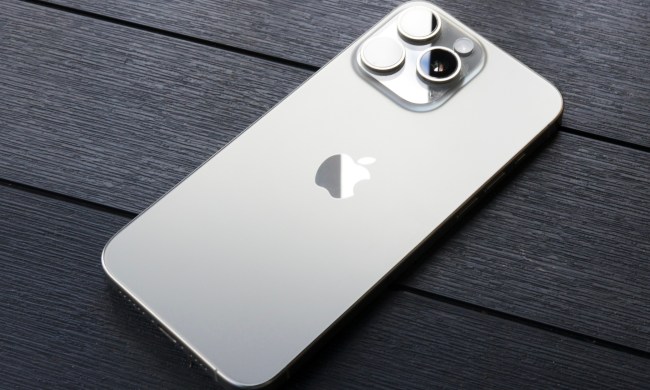
The Russian-made photo app allows users to customize their images by feeding photos through an artificial intelligence that “repaints” them in the style of great artists like Van Gogh, Munch, and Picasso. Unlike many other photo apps, Prisma doesn’t simply slap a filter on top. Instead, the AI completely reinterprets the images using a deep learning method known as convolutional neural networks. The AI only refers to the original photo for guidance, reports Bloomberg.
Prisma has launched in beta on Android — gaining access requires requesting an invitation.
Though unaffiliated with the Prisma project, researchers Leon Gatys, Alexander Ecker, and Matthias Bethge of Bethge Lab laid out the method to the app’s madness last August in a paper titled, A Neural Algorithm of Artistic Style. The trio was interested in how our brains process images and how they might be able to generate new images to predict these processes.
“From that idea, we first [began] using deep networks to synthesize textures and then from there we found out that, when using the network to perform texture transfer, one can [make] beautiful artworks which might also tell us a lot about how humans perceive and process visual art,” Gatys told Digital Trends.
The team’s modeled it’s AI off of deep neural networks (which are themselves modeled off of biological neural networks) to separate content and style, and recombine them into works that seem to depict the very brushstrokes of recognizable artists. “Thus our ability to abstract content from style and therefore our ability to create and enjoy art might be primarily a preeminent signature of the powerful inference capabilities of our visual system,” they concluded in the paper.
“I think [this technology] will be a major tool for image processing and fundamentally change the way we manipulate images,” Gatys said.
Meanwhile, Prisma has been lauded for its entertainment value and near-immediate feedback, but Gatys is skeptical about its actual artistic value and seizes the chance to plug his own project. “I think it looks very cool and its main selling point is the speed with which images are generated,” he said. “In terms of quality, however, I think it is not quite there compared to what we are able to do on www.deepart.io.”
As for future iterations of the tech, Gatys is bursting with ideas. In the near term, the development team plans to implement support for video, new predefined art filters, and 360-degree image capture.
Originally published on 07-19-2016. Updated on 07-19-2016 by Kyle Wiggers: Added information about Android availability and future features.


